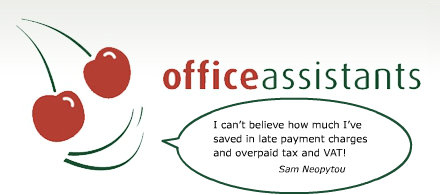The Chancellor announced in the March 2021 budget that companies would be allowed to take advantage of a new system by which they can claim 130 per cent capital allowance deduction on most new plan and machinery purchased between 1 April 2021 and 31 March 2023. Read on to learn in more detail how this generous allowance known as the super-deduction will work.
As set out in the March 2021 budget, companies can make use of a new 130 per cent capital allowance super-deduction on any new plant and machinery purchased between 1 April 2021 and 31 March 2023. There is no limit on how much can be claimed, providing any contracts for purchase of equipment were incurred after 1 April 2021. There is also a 50 per cent first-year allowance for qualifying special rate assets.
Capital allowances let taxpayers write off the cost of certain capital assets against taxable income. They replace accounting depreciation, which is not usually tax deductible. Businesses deduct capital allowances when computing their taxable profits.
The super-deduction will allow companies to reduce the tax bill by up to 25p for every £1 invested, making the UK capital allowances regime on of the most competitive in the world.
How does the capital allowance super-deduction work?
If you purchase qualifying plant and machinery then you will be able to deduct 130 per cent of the value spent on qualifying assets from your taxable profits.
For example, if you were to spend £100,000 on new qualifying plant after 1 April 2021, then £130,000 would be deducted from your annual profits, resulting in a Corporation Tax saving of £24,700 at 19 per cent, compared to just £19,000 when claiming annual investment allowance (AIA), or just £3,240 if AIA has already been claimed on items worth a total of more than the AIA amount and Writing Down Allowances (WDAs) have to be used instead.
If you were to sell the same asset within the two year window, then any proceeds of the sale would be uplifted by 130 per cent.
What assets qualify for the capital allowance super-deduction?
Most tangible capital assets used for business purposes are considered plant and machinery in regard to claiming capital allowances.
The kinds of assets which may qualify for the super-deduction include, but are not limited to solar panels, computer equipment and servers, tractors, lorries and vans, ladders, drills and cranes, office chairs and desks, electric vehicle charge points, refrigeration units, compressors and foundry equipment.
Motor cars do not qualify, neither do assets purchased to lease out, nor second hand assets. Also, any plant and machinery that would usually fall under the special rate 6 per cent writing down allowance (SR allowance) will not qualify for the super-deduction.
Want to ensure you are making the most of the new capital allowance super-deduction?
For more information and personalised advice on purchasing assets and making use of the new super-deduction you are welcome to get in touch with the team at Office Assistants. We will ensure you are making full use of all the available tax saving methods possible.





